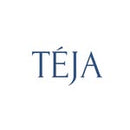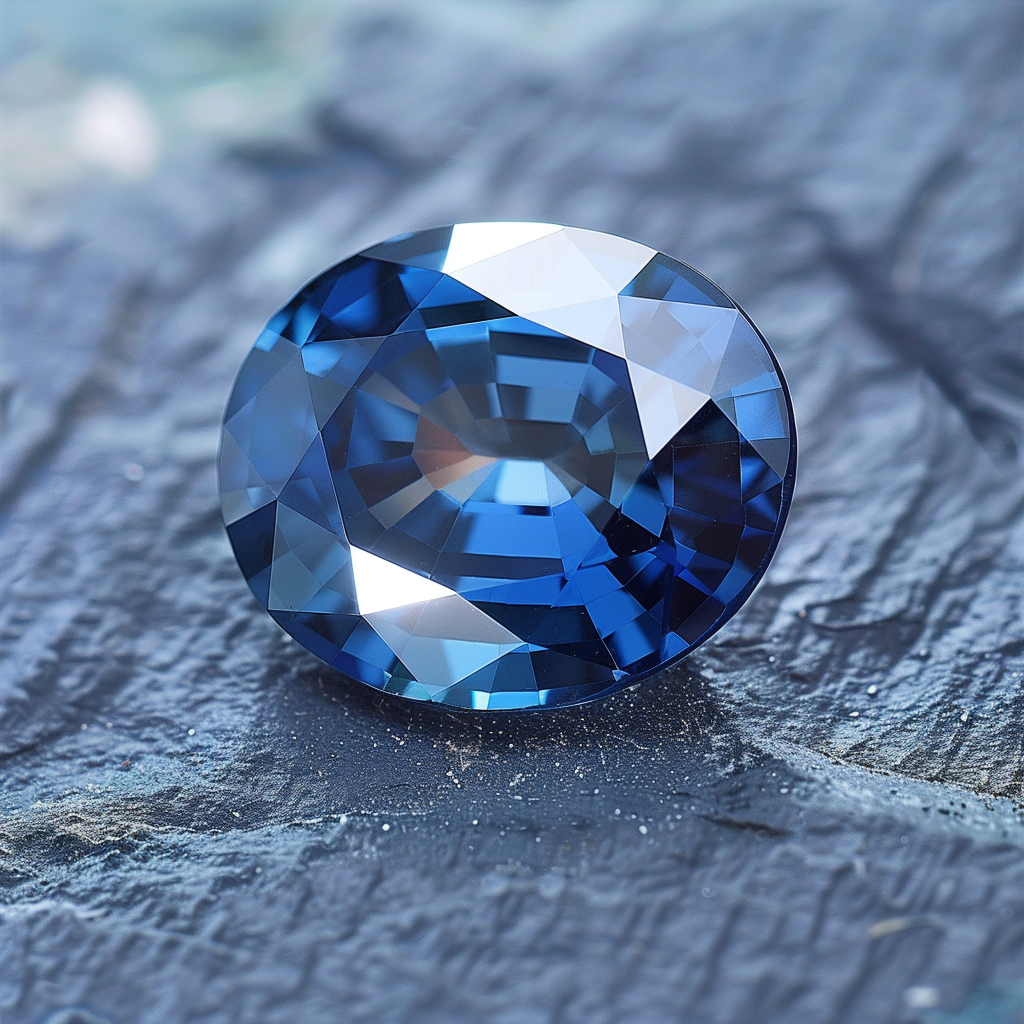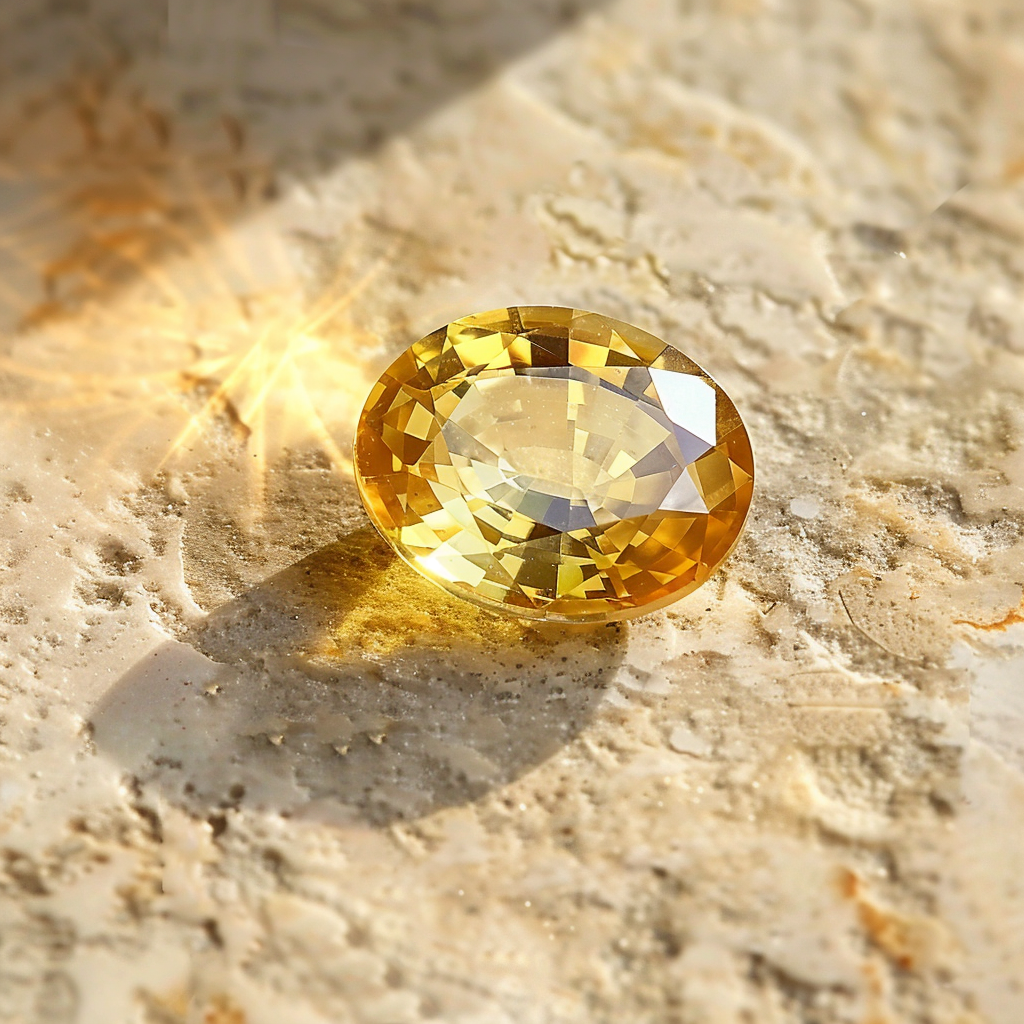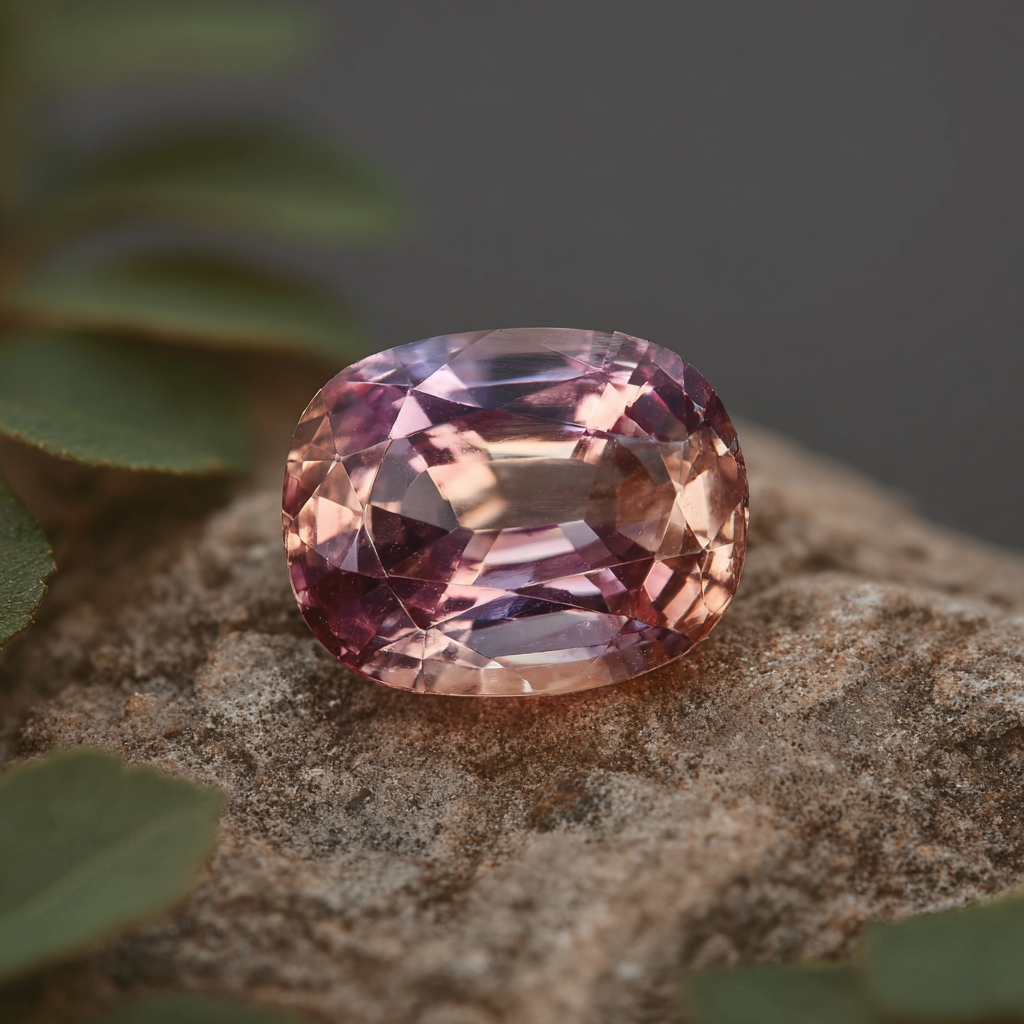Natural vs Heated Sapphires
What “natural” and “heated” really mean, why heat changes sapphire, how labs detect it, and how value & disclosure work—plus Teja Gems’ policy in plain English.
1) Natural vs Heated vs Unheated
- Natural sapphire
- Corundum (Al2O3) formed in the earth without human intervention to create the crystal. The term “natural” by itself does not specify whether any post-mining treatment (like heating) was performed. Reputable labs and sellers therefore separate the concepts of origin (natural vs. synthetic) and treatment (heated, diffusion-treated, filled, etc.).1,19
- Heated sapphire
- Exposed to high temperature in a furnace—typically from several hundred °C up to >1350–1800 °C, depending on the goal—in oxidizing or reducing atmospheres to modify color and/or clarity. Heating can dissolve rutile “silk,” re-equilibrate Fe/Ti charge states (affecting blue), and heal or alter inclusions. Properly disclosed heating is widely accepted in the trade and considered stable.0,5,9,14,22
- Unheated sapphire
- A lab concludes there are no indications of heating observable by current methods. Because gem reports describe evidence found (not absolutes), leading labs use cautious wording such as “no indications of heating.”3,8 Fine, unheated stones—especially in strong, even color—are scarcer and often command premiums.
2) Why heating changes sapphire
- Color from trace elements and charge transfer. Blue sapphire’s color is largely due to intervalence charge transfer between Fe2+ and Ti4+. Heating in an oxidizing atmosphere can dissolve rutile (TiO2) silk; the released Ti diffuses into the corundum lattice and pairs with Fe to intensify blue. As silk dissolves, angular blue streaks may remain—often the only vestige of the former needles.5,9
- Clarity from “silk” and microcrystal changes. High-temperature heat can dissolve minute exsolved crystals and rutile needles back into solid solution, reducing haze and improving transparency. Conversely, low-temperature steps may leave silk intact or partly modified. Flux-assisted regimes can also heal fissures, sometimes leaving diagnostic residues.0,9,7
- Yellow/orange mechanisms. Many Sri Lankan yellows involve Fe3+–related absorptions and trapped-hole centers in low-iron corundum. Heating can strengthen or shift these color centers; separate, more invasive “beryllium diffusion” can create or modify yellow–orange–padparadscha hues via lattice diffusion of Be—something labs specifically test for.16,21,7
- Temperature bands. Literature distinguishes “low-T” regimes (<~1000 °C) that may leave rutile needles intact from “high-T” (>~1350 °C) where rutile begins to decompose and dissolve; at higher T and appropriate conditions, inclusions can recrystallize or form halos, and color can deepen markedly.14,0
3) How labs detect heating
- Microscopy first. Gemologists look for heat-reaction textures: dissolved or “beaded” rutile silk; recrystallized/altered inclusions; discoid stress fractures or halos around crystals (e.g., zircon); partially healed fissures; and the angular blue streaks left after silk dissolution in blues. These patterns, taken together, can be strong heating evidence.13,5,9,14
- Spectroscopy (UV-Vis-NIR, FTIR, Raman). Labs assess absorption features related to Fe–Ti charge transfer and Fe3+ centers (color clues), OH/boehmite bands in FTIR that may shift or diminish with heat, and other subtle indicators. No single spectrum is universal—data are weighed with microscopy and chemistry.5,0,22
- Trace-element analysis. When diffusion treatments are suspected (notably beryllium), labs deploy LA-ICP-MS (and in some cases LIBS) to detect Be at very low levels and determine whether color is consistent with bulk diffusion rather than natural growth/heat. This is now routine for questionable padparadscha-to-orange stones.21,2,7,16
Why reports say “no indications of heating”: labs report the evidence observed with today’s methods; absence of features is phrased cautiously, e.g., “no indications of heating.”3,8
4) Value & disclosure
- Unheated premiums. When color/clarity are fine, unheated sapphires often trade at a premium due to scarcity and collector preference. Lab memos (GIA, SSEF, AGL, Gübelin) documenting “no indications of heating” underpin that value.
- Heated is normal—when disclosed. Heat treatment is common and generally stable. Transparent disclosure on pages, invoices, and reports keeps trust and marketability high.19,3
- Diffusion & filling need explicit flags. Beryllium diffusion (bulk lattice) and rare cases of lead-glass fissure filling must be clearly stated; both are detectable with modern lab tools and materially affect value and care requirements.7,21
5) Teja Gems policy
- Stock: Only natural, unheated sapphires, mined by us.
- Sourcing: Single origin — mine → sorting → cutting → grading → listing.
- Testing: Internal screening; independent memos (GIA/SSEF/AGL) for significant stones or on request.
- Labeling: Product pages & invoices state treatment & provenance. Memo numbers included where applicable.
- Guarantee: If a top-tier lab contradicts our disclosure within 30 days, full refund.
- Treatment: Unheated (no artificial heat)
- Source: Single-origin — our own mines (Sri Lanka)
- Lab memos: Included for significant stones / on request
- Disclosure: Plain-English on page & invoice
- Guarantee: 30-day independent lab check
Example product label: Unheated natural sapphire • Single-origin (mined by Teja Gems) • No indications of heating (SSEF Report 123456, dated 2025-07-18)








